15 Ways Teens Decorated Their Lockers In The ’80s That Would Get Banned Today
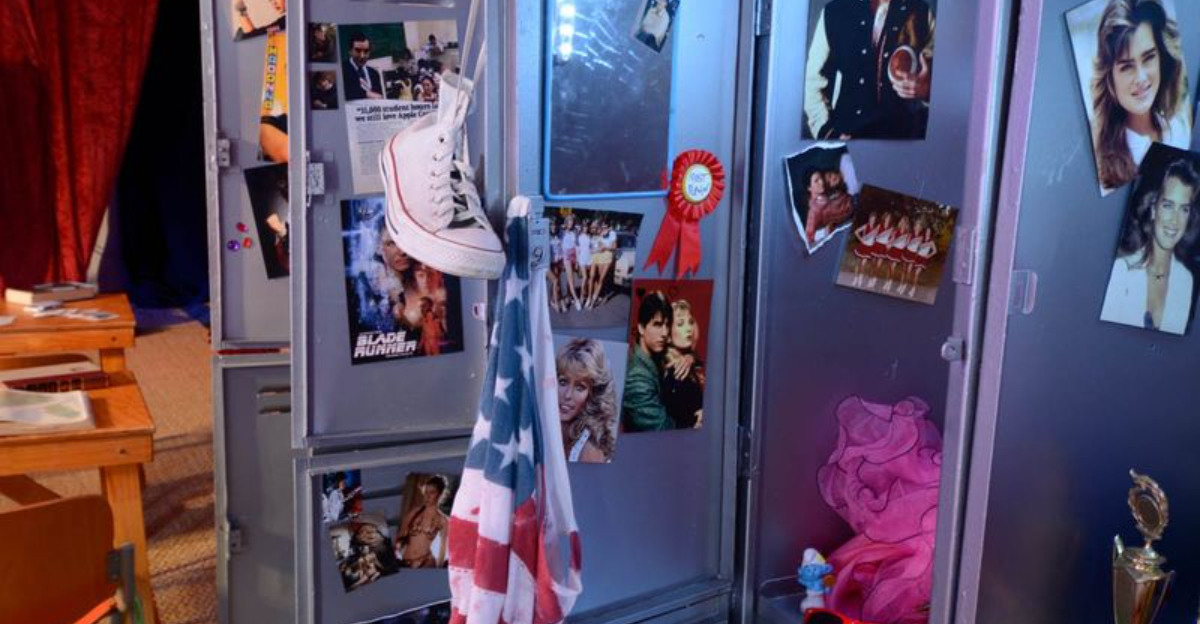
Oh, the wild, glorious chaos of high school in the ’80s! Those were the days when lockers weren’t just storage—they were statements.
Each metal door was a canvas of rebellion, attitude, and neon-colored personality. We plastered them with magazine cutouts, band posters, and enough glitter to blind an unsuspecting teacher. Mirrors, mini disco balls, even battery-powered fans—our lockers were basically tiny nightclubs.
And let’s not forget the contraband: forbidden snacks, cassette tapes of music we definitely weren’t supposed to be playing, and notes folded with the precision of origami. There were no Pinterest boards or parental approval—just pure, unapologetic self-expression powered by Aqua Net and teenage angst.
Looking back, it’s a miracle school officials didn’t break out in hives walking past our locker-lined halls. But in that neon-splashed, rule-bending world, we weren’t just students—we were icons in the making, living loud and decorating louder.
1. Aerosol Hairspray Cans as Decorative Items
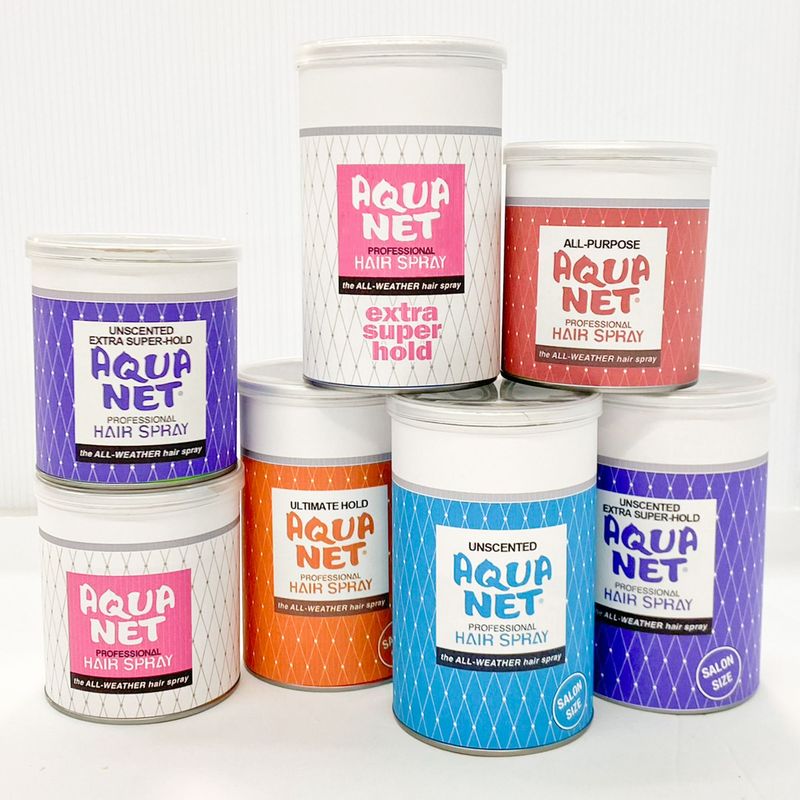
My Aqua Net hairspray can wasn’t just for maintaining my towering bangs – it doubled as locker décor! The colorful canisters lined up like trophies inside many girls’ lockers, showcasing our commitment to gravity-defying hairstyles.
We’d proudly display multiple empty cans, sometimes spray-painting them with neon colors or covering them with stickers. The metallic shine caught the light when you opened your locker, creating an ’80s version of mood lighting.
Today, these would trigger multiple violations: aerosols banned as potential inhalants, fire hazards, and environmental concerns. Plus, the VOCs in these products would violate air quality policies. What was once a status symbol of ’80s hair dominance would now land you in the principal’s office faster than you can say “ozone layer.”
2. Actual Mirrors With Cocaine References
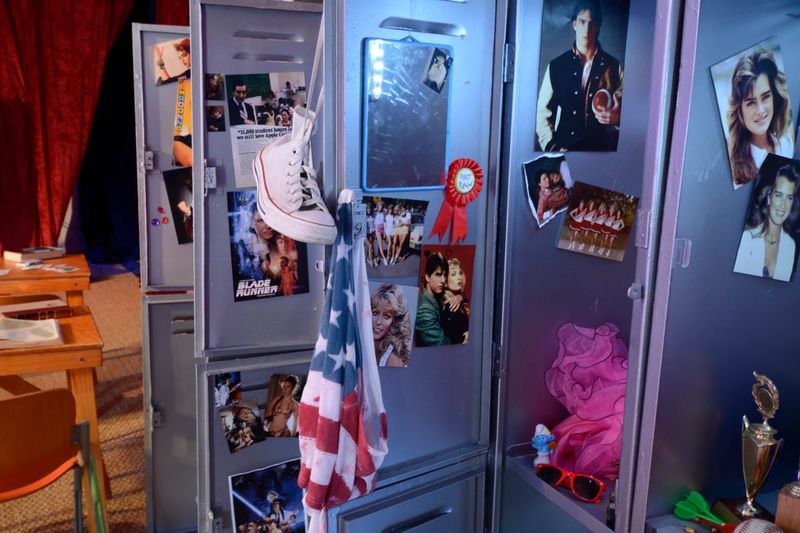
Small mirrors adorned many lockers, supposedly for last-minute hair checks. However, plenty sported cheeky cocaine-related phrases or imagery that nodded to the era’s drug culture – think razor blade decals or “mirror, mirror on the wall” with decidedly non-fairytale endings.
I had a friend whose locker mirror featured a cartoon character with a suspicious white powder mustache. We thought it was hilarious, but looking back, I’m shocked at how normalized these references were.
School administrators barely batted an eye at these not-so-subtle drug culture nods. Modern zero-tolerance drug policies would immediately flag these items as promoting substance abuse. The combination of breakable glass and drug glorification would guarantee confiscation and probably a serious conversation about your future academic career – plus some concerned calls to your parents.
3. Playboy Bunny Logos and Pages
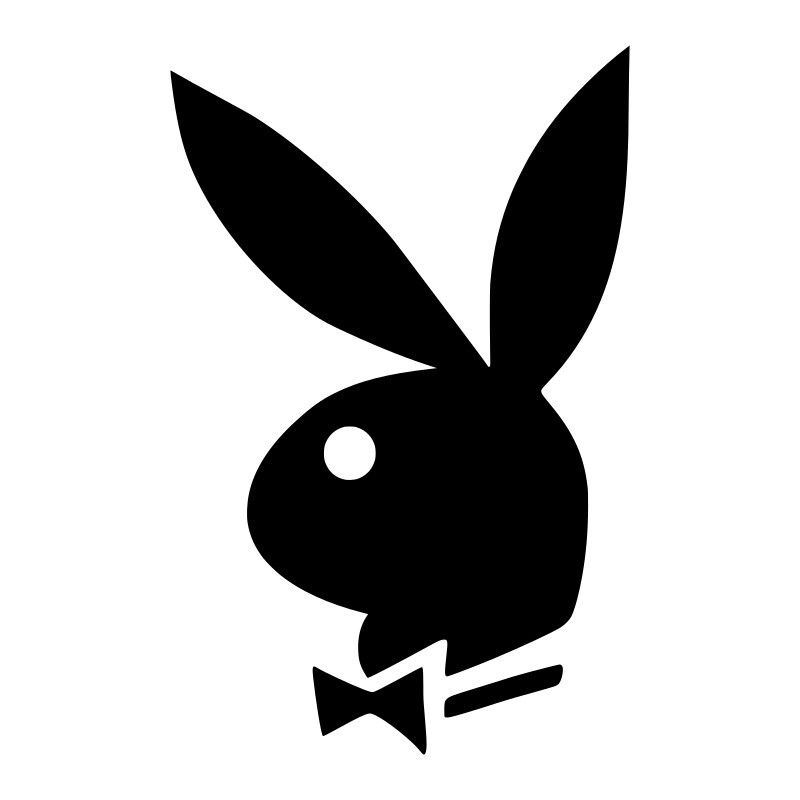
The iconic Playboy bunny silhouette was plastered everywhere in ’80s locker decor. Guys would proudly display the logo cut from magazines, while some even dared to tape up actual pages torn from the magazines (strategically folded, of course).
My locker neighbor Brad had the bunny emblazoned on everything – his notebooks, pencil case, and a giant sticker inside his locker door. Nobody thought twice about it! Girls weren’t exempt either – the bunny logo appeared on girls’ items as a fashion statement, completely disconnected from its adult content origins.
Nowadays, this would trigger immediate sexual harassment concerns. Any imagery from adult magazines would violate policies against sexually explicit materials. The normalization of such symbols would be viewed as creating a hostile learning environment, and students would face disciplinary action for displaying content that objectifies women.
4. Cigarette Advertisements and Packaging
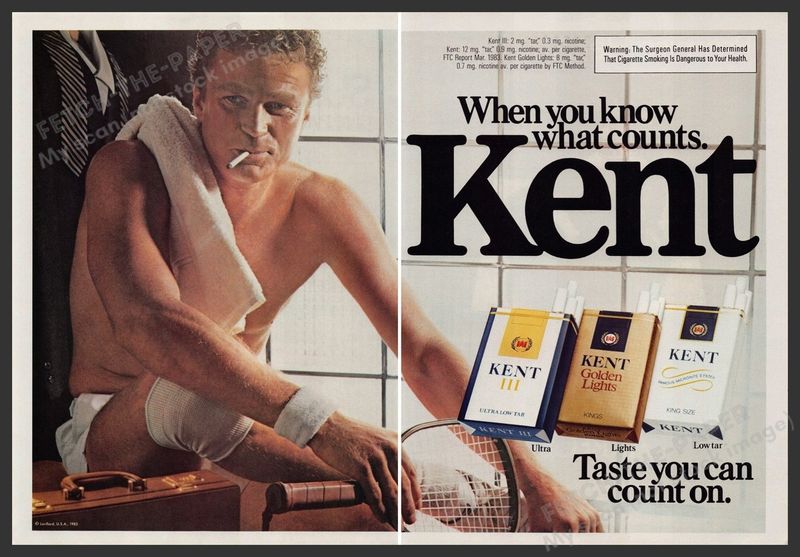
Marlboro, Camel, Virginia Slims – cigarette ads ripped from magazines made primo locker decorations. The vibrant colors and cool imagery were irresistible to teens trying to look mature.
I collected the empty boxes from my older brother’s cigarettes and arranged them in a colorful pattern inside my locker. The Marlboro Man was practically my locker roommate! Some kids even had those promotional ashtrays or lighters prominently displayed.
The tobacco industry knew exactly what they were doing with their teen-appealing marketing. Today, promoting tobacco products in schools would trigger immediate removal and likely a lecture on the dangers of smoking. Anti-tobacco education initiatives and awareness about targeting minors have made such displays completely unacceptable in educational settings. Schools now have strict policies against anything glorifying tobacco use – a dramatic shift from when Joe Camel was practically a school mascot.
5. Heavy Metal Band Posters with Satanic Imagery
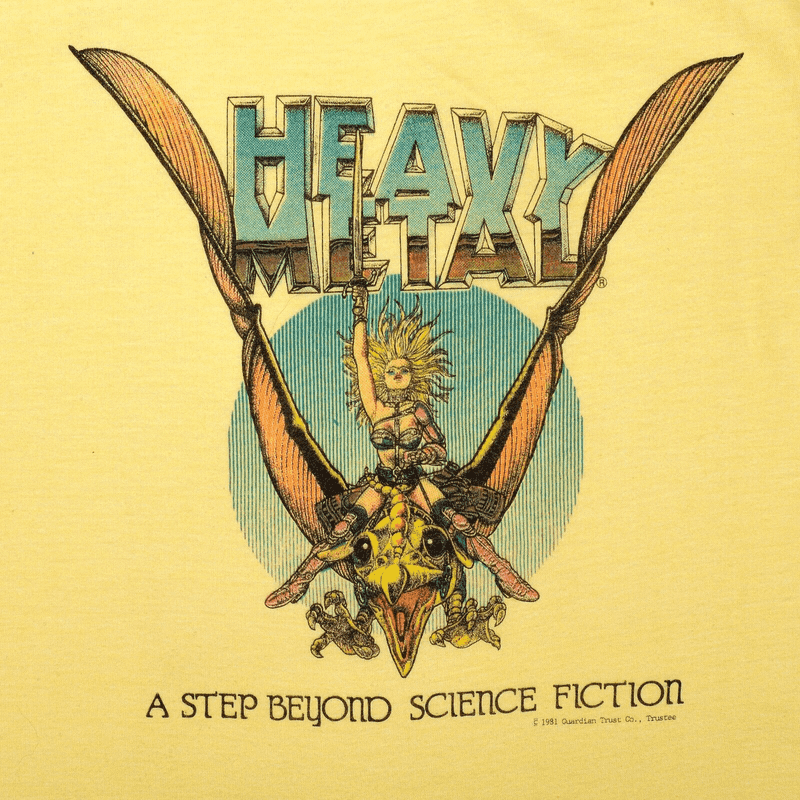
Nothing screamed rebellious teen like plastering your locker with Iron Maiden’s Eddie or Ozzy Osbourne biting bat heads! These metal band posters featured pentagrams, demons, and all manner of occult imagery that would send today’s parent groups into a frenzy.
My Metallica poster with skulls and crosses was my pride and joy. The more parents hated these bands, the more we loved displaying their provocative album art. Some kids went full occult with inverted crosses and demonic symbols without understanding their meaning – it was all about the shock value.
Current school policies prohibit religious or anti-religious imagery that might create a hostile environment. Violent or disturbing imagery is banned regardless of its artistic merit. Modern concerns about school violence and religious sensitivity have made these once-common decorations completely taboo in today’s educational settings, where mental health awareness has rightfully increased.
6. Alcohol Bottle Collections
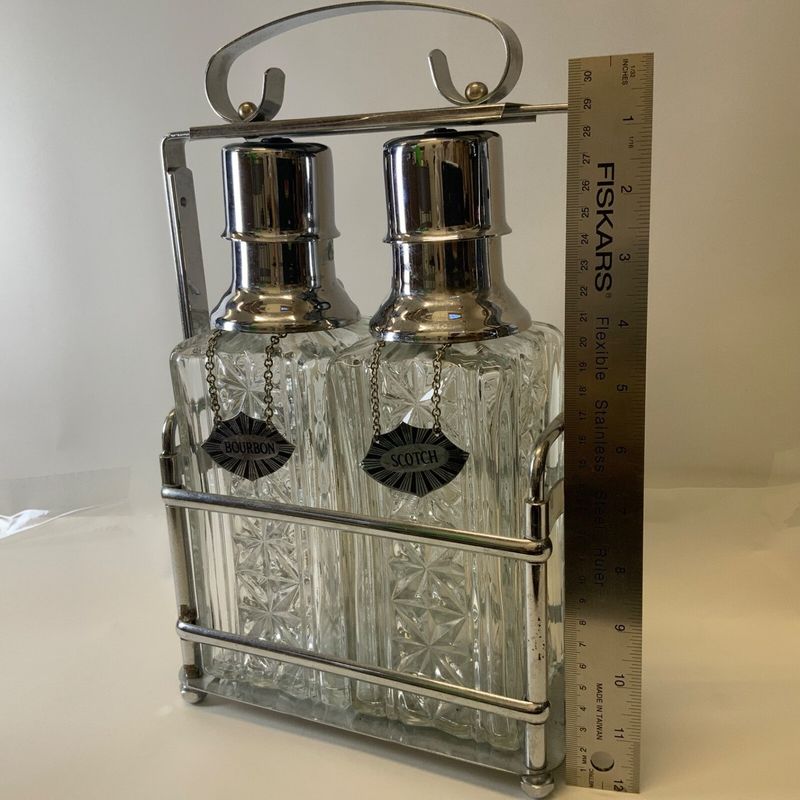
Empty mini liquor bottles made surprisingly common locker decorations. These tiny trophies of teenage rebellion sat proudly on locker shelves like miniature status symbols.
My friend Jessica had an impressive collection of colorful mini bottles – Bailey’s, Kahlúa, and those airplane-sized vodkas lined up like precious collectibles. She’d rinse them out (usually) and sometimes fill them with colored water to make them even more eye-catching. Some kids went further with actual beer cans or wine bottles transformed into pencil holders.
Today, these empty vessels would trigger immediate disciplinary action. Zero-tolerance alcohol policies mean even empty containers suggest substance use and promote drinking culture to minors. The presence of alcohol containers, even empty ones, would likely result in locker searches, parent conferences, and possibly suspension. What was once a weird badge of honor is now grounds for serious concern about underage drinking.
7. Provocative Pinup Calendars
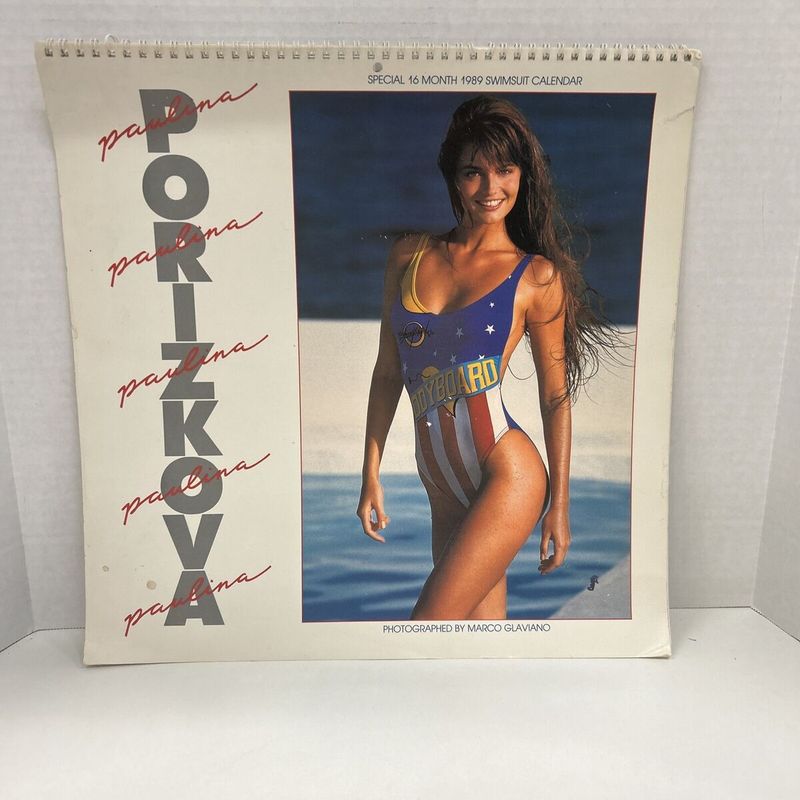
Swimsuit calendars and car model pinups were standard fare in many guys’ lockers. Those Sports Illustrated swimsuit edition cutouts or auto shop calendars featuring bikini-clad women draped over muscle cars were everywhere!
Jason, who had the locker next to mine, had completely wallpapered his locker with these images. The teachers would walk by, maybe roll their eyes, but rarely say anything. Girls weren’t immune either – some had beefcake calendars featuring shirtless men in similarly objectifying poses.
In today’s schools, these images would immediately violate sexual harassment policies. They would be seen as creating an uncomfortable environment and objectifying women (or men). The normalization of such imagery would be considered harmful to developing healthy attitudes about gender. Any student displaying such calendars would face immediate consequences for bringing inappropriate sexual content into an educational setting.
8. Toy Weapons as Decorative Elements

Plastic guns, rubber knives, and toy nunchucks hung proudly in many lockers during the ’80s. After the Karate Kid and Rambo hit theaters, everyone wanted to showcase their wannabe-warrior status with these harmless replicas.
My friend Mike had a rubber throwing star stuck to his locker door and a plastic pistol hanging from a hook. Nobody batted an eye! These toys were seen as harmless movie memorabilia and cool collector’s items rather than threatening objects.
The very thought makes me shudder now. With today’s concerns about school violence, even toy weapons would trigger immediate lockdowns and serious disciplinary action. Zero-tolerance weapons policies make no exceptions for toys or replicas that resemble weapons. Students could face suspension or expulsion for items that were once considered innocent decorations, and rightfully so given current safety concerns in schools.
9. Permanent Marker Graffiti with Explicit Language
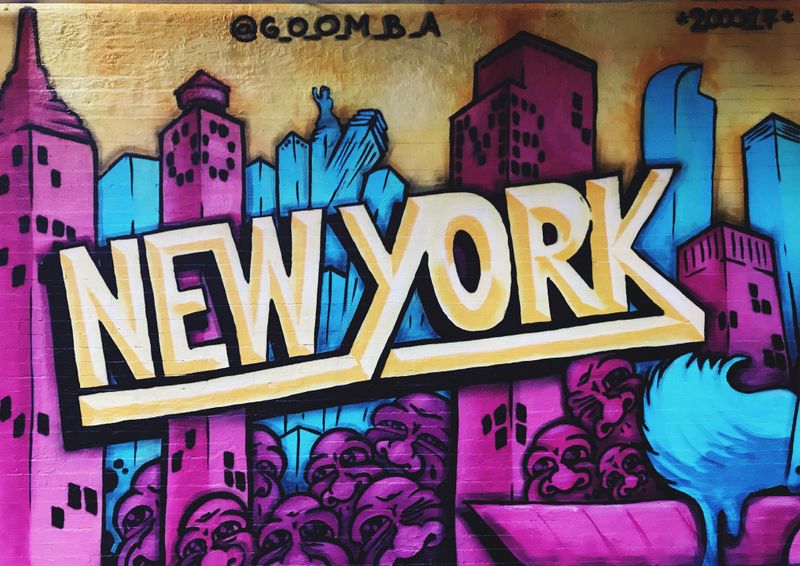
Sharpies were our weapons of choice for personalizing lockers with band names, inside jokes, and yes – plenty of four-letter words. The permanent marker masterpieces ranged from creative to crude, with little oversight from school staff.
My locker featured song lyrics that definitely included words I wouldn’t say around my grandmother. The school janitors eventually gave up trying to remove the marks, instead opting to paint over the worst offenders during summer break. Some lockers became legendary for their elaborate profanity-laden artwork that evolved over years.
Current school property destruction policies would classify this as vandalism. The presence of explicit language would violate codes of conduct aimed at maintaining appropriate learning environments. Students would face cleaning duties, financial responsibility for damages, and disciplinary action. Schools now emphasize respect for shared spaces and appropriate expression – concepts that were decidedly less important when we were busy immortalizing AC/DC lyrics and anatomically incorrect drawings.
10. Fireworks and Cherry Bombs
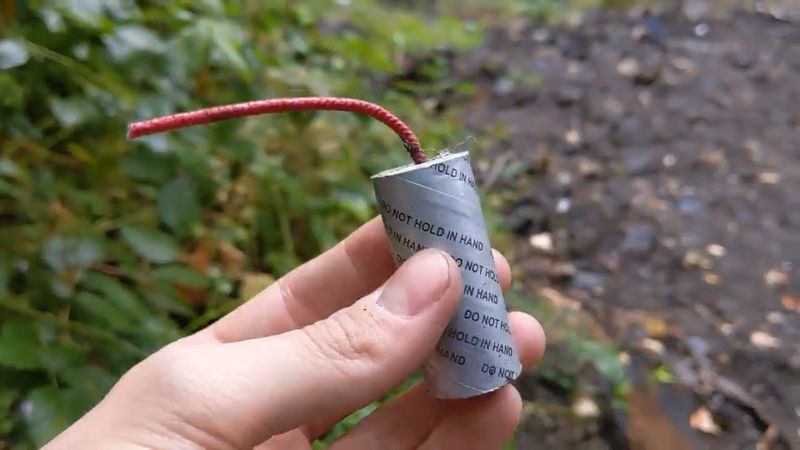
Finding a stash of firecrackers or cherry bombs in a locker wasn’t unusual in the pyrotechnic-obsessed ’80s. These dangerous items were often displayed proudly or kept for post-school celebrations and mischief.
Tommy from my biology class had a string of Black Cat firecrackers hanging like a bizarre garland in his locker. He’d sell individual ones for a quarter each! Some kids even kept partially used packs of matches or lighters alongside their explosive collections.
The presence of actual explosives on school property today would trigger immediate involvement of law enforcement. These items would be classified as dangerous weapons or incendiary devices under most school safety policies. Students possessing fireworks would likely face serious disciplinary consequences including possible expulsion, criminal charges, and mandatory safety evaluations. What we viewed as harmless fun items are now rightfully recognized as dangerous explosives with no place in educational settings.
11. Prescription Pill Bottles as Storage Containers
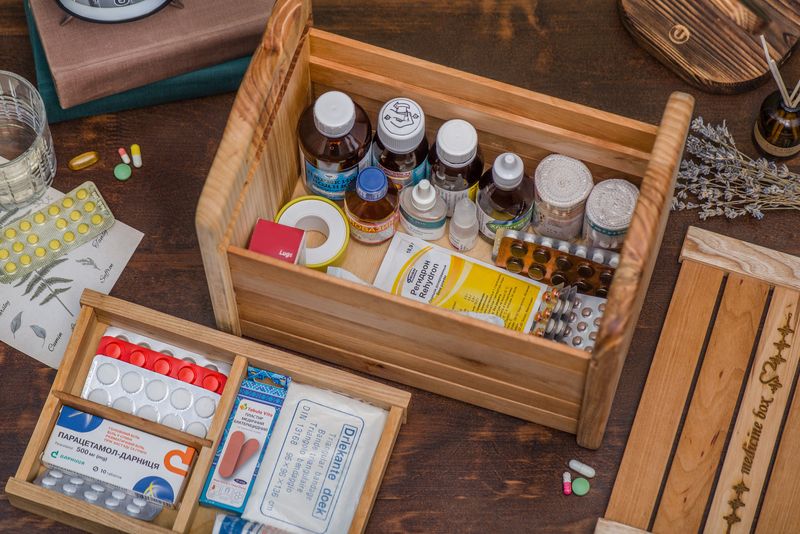
Empty prescription bottles found new life as trendy locker organizers for everything from paper clips to candy. The amber-colored vials with white caps became unintentionally stylish storage solutions.
I repurposed my mom’s old prescription bottles to hold hairpins and quarters for the payphone. Some kids removed the labels while others left them intact, complete with medication names and dosage instructions. The more creative students decorated them with stickers or nail polish for a personalized touch.
Today’s medication concerns and drug abuse awareness would make these innocent containers highly problematic. Schools now have strict policies about medication on campus, even empty containers. The normalization of prescription drugs as casual items contradicts current educational messages about medication safety. What’s more, privacy regulations would raise concerns about visible prescription information, and the containers might be mistaken for actual medication, triggering unnecessary investigations.
12. Racy Song Lyrics and Explicit Album Covers
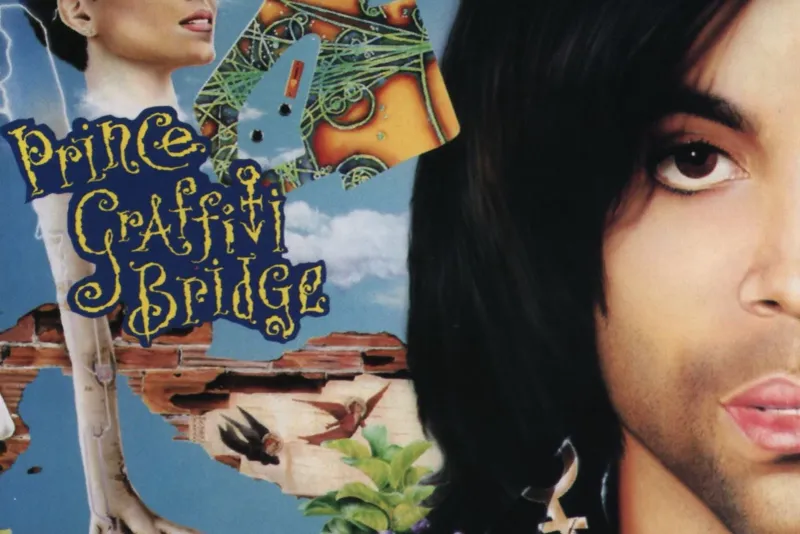
Madonna’s “Like a Virgin” lyrics scrawled in loopy handwriting or Prince’s suggestive album covers taped to locker doors were standard decorations for music-obsessed teens. We carefully copied our favorite explicit lyrics onto notebook paper with colorful markers.
My locker shrine featured the cover of Def Leppard’s “Pyromania” album alongside handwritten lyrics to Cyndi Lauper’s “She Bop” – a song I later realized was about self-pleasure! Record stores sold sexually suggestive posters that made their way into schools without much scrutiny.
Current standards would flag these materials for inappropriate sexual content. Song lyrics glorifying sexual behavior or containing explicit language would violate school codes of conduct. Album artwork with provocative imagery would be removed under policies against sexually suggestive materials. Schools now actively monitor the content students are exposed to, recognizing the impact media has on developing attitudes about relationships and sexuality.
13. Actual Liquor Advertisements
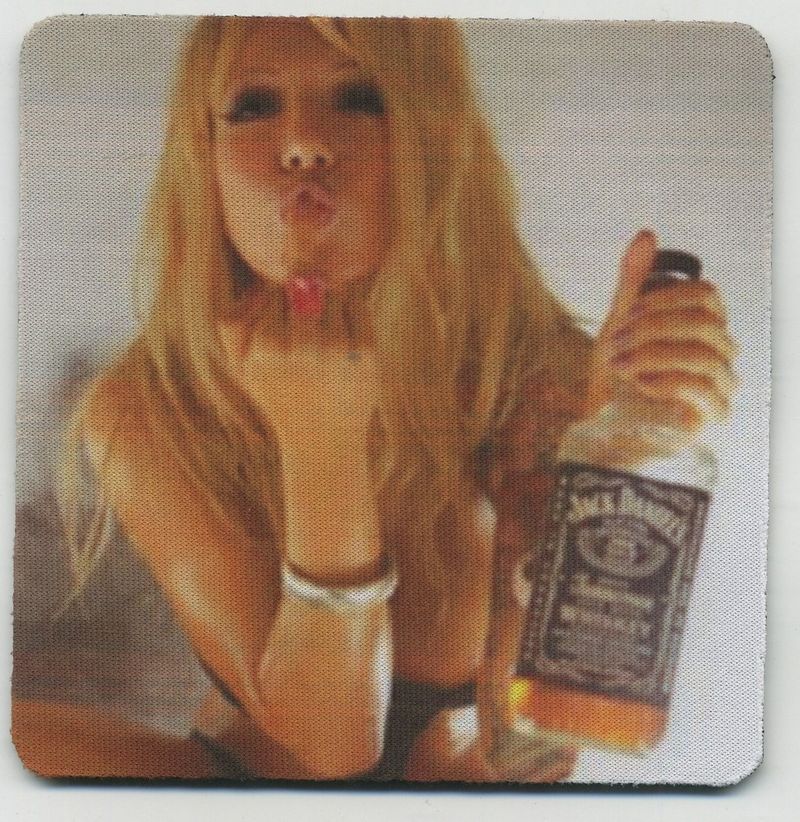
Beer and liquor ads ripped from magazines became coveted locker decorations. The Budweiser frogs, Absolut Vodka’s artistic bottle campaigns, and the Bartles & Jaymes wine cooler guys were unintentional teen icons.
Kevin, our class skateboarding enthusiast, had plastered his entire locker with Jack Daniel’s advertisements. The sleek black and white imagery looked undeniably cool next to his skateboard stickers. Beer logos became fashion statements disconnected from the actual products – we just thought they looked awesome.
Modern substance abuse prevention efforts would immediately target these advertisements as promoting underage drinking. Schools now recognize their responsibility in countering alcohol marketing that targets youth. Any materials promoting alcohol consumption would be removed under policies preventing glorification of substance use. The normalization of alcohol branding would be seen as contradicting health education messages about the dangers of underage drinking and the manipulative nature of alcohol advertising.
14. Politically Incorrect Bumper Stickers
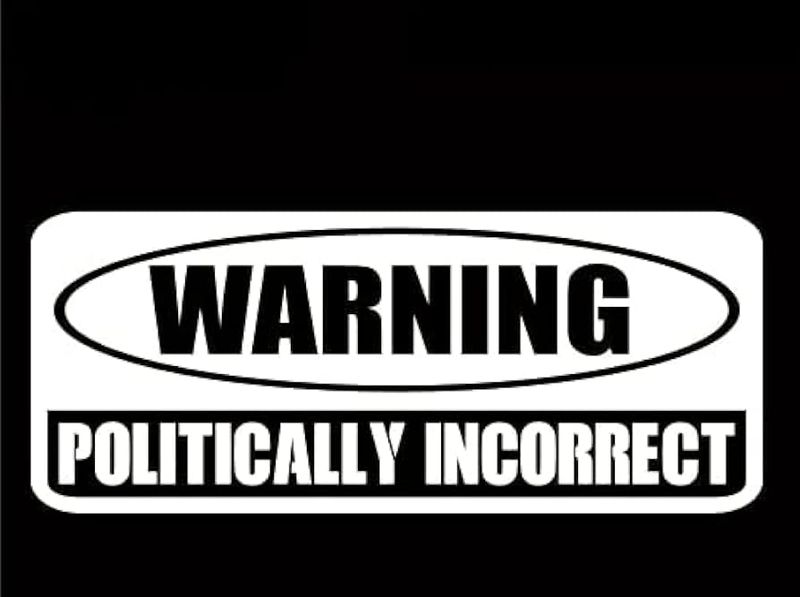
Bumper stickers with jokes, slogans, and sayings that would make HR departments spontaneously combust lined many locker doors. These adhesive statements ranged from mildly offensive to jaw-droppingly inappropriate by today’s standards.
My crush had a sticker that read “Party Naked” prominently displayed in his locker, which I thought was daringly hilarious at 15. Sexist jokes, ethnic stereotypes, and politically charged statements were common – the more shocking, the better! We collected these controversial stickers like badges of honor.
Today’s awareness of inclusive language and respect for diversity would prohibit these materials immediately. Statements containing racist, sexist, homophobic, or otherwise discriminatory language would violate anti-harassment policies. Schools now recognize their responsibility to maintain learning environments that respect all students regardless of background. What we saw as harmless jokes are now understood as harmful expressions that can create hostile educational environments.
15. DIY Weapons Disguised as School Supplies
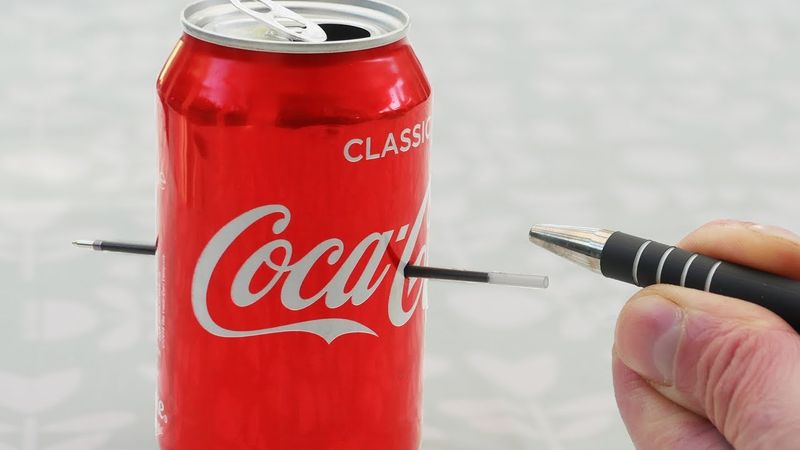
Chains from bike locks converted to makeshift nunchucks or sharpened rulers weren’t uncommon sights in ’80s lockers. These DIY creations straddled the line between school supplies and wannabe weapons.
The shop class boys were especially creative – I remember Jason proudly displaying his “art project” of filed-down metal rulers mounted on his locker door. Leather bracelets with metal spikes, chain wallets, and other accessories that could double as weapons hung prominently in many lockers.
Modern school safety policies would immediately identify these items as potential weapons. Zero-tolerance approaches to violence prevention would ban anything that could be used to harm others, regardless of the creator’s intent. Students would face serious disciplinary consequences for possessing modified items that could be used as weapons. Schools now conduct regular locker checks specifically looking for such items, recognizing that what seemed like harmless self-expression in the ’80s presented legitimate safety concerns.
